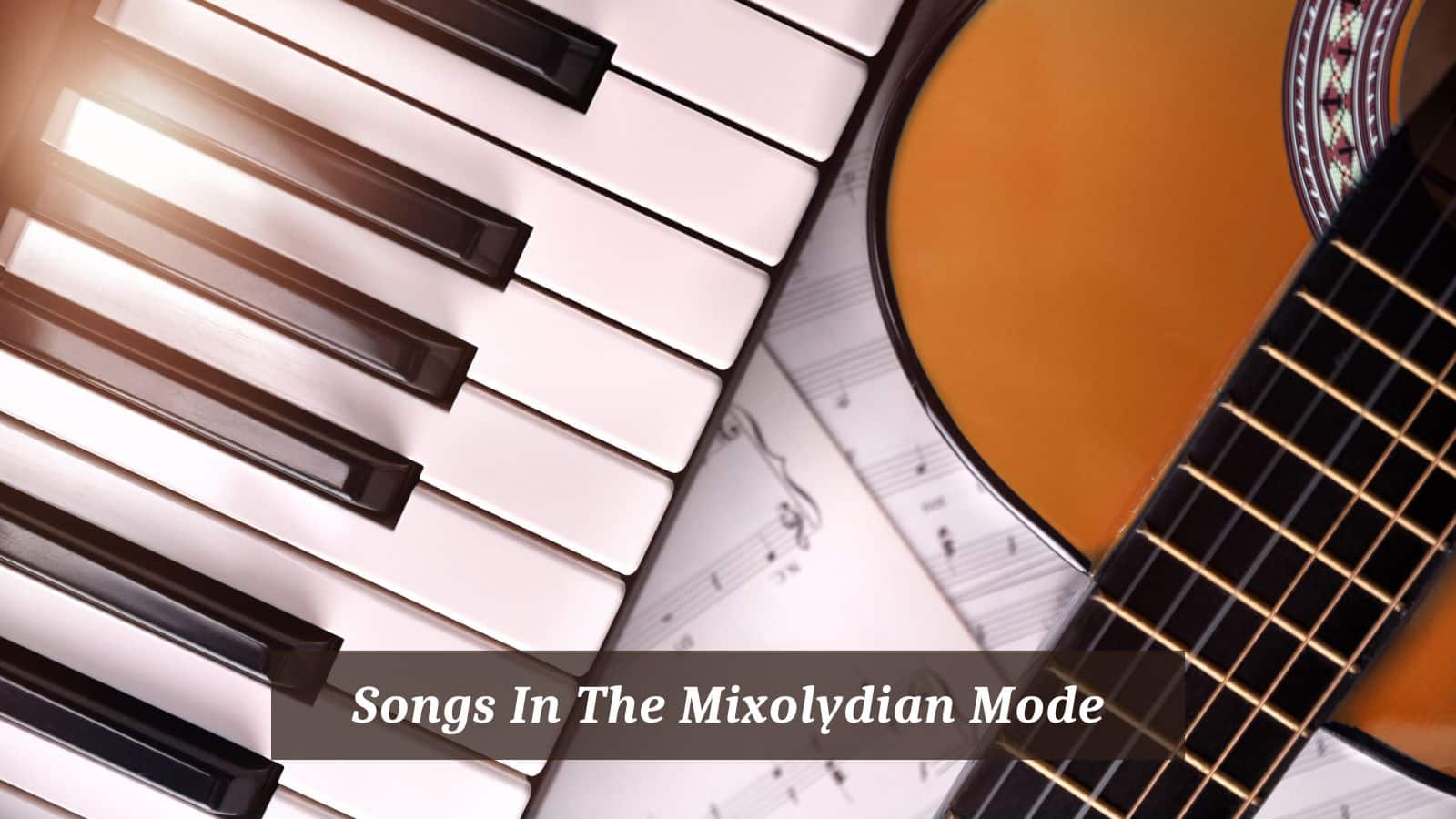
This article covers musical compositions based on the Mixolydian mode throughout history, from classic medieval works to modern pop, rock, and folk songs. Each entry is illustrated with an extract from the score where possible.
YouTube samples are provided for all entries.
What Is the Mixolydian Mode?
The Mixolydian mode differs from a major scale (or the Ionian mode) by one note: the flattened seventh instead of a major seventh.
The Mixolydian mode is formed on the fifth note of the scale and is sometimes also called the dominant mode. To play a Mixolydian scale on a piano, play all of the white keys from G to G.

Because the tonic triad produced on the first scale degree is a major chord, the Mixolydian mode is regarded as a major mode. In the Mixolydian mode, two extra major chords are anchored in the fourth (subdominant) and seventh (subtonic) degrees.
At the same time, minor triads can be created on the second (supertonic), fifth (dominant), and sixth (submediant) degrees.
The leading note, which is a half step below the tonic, contrasts with the subtonic. Since the second quarter of the twentieth century, theorists have distinguished between leading note and subtonic.


Here’s a little cheat sheet to see how the mixolydian mode is formed on each key. Let’s go on a journey to investigate some pieces and songs based on this mode.
Songs In The Mixolydian Mode
Palestrina, Surgam et Circuibo Civitatem (1584)
Palestrina was an Italian Renaissance composer who wrote a set of motets in 1584, regarded as ‘experimental’ by that time’s standards.
During the medieval period, musicians began forming tonal music theories, which continued into the Renaissance and beyond. This collection of early music includes pieces written in five distinct diatonic scales, and eight are in the Mixolydian mode.
We must remember that the church modes were still the main form of ‘key signatures’ in the medieval period.
Initially, the music seems to be in ‘C major’ due to a lack of key signature, but in the fifth bar in the Quintus part, the F♯ (letting us think it is now in G major) is a passing note forming a D major (dominant chord) with the harmonies above it.
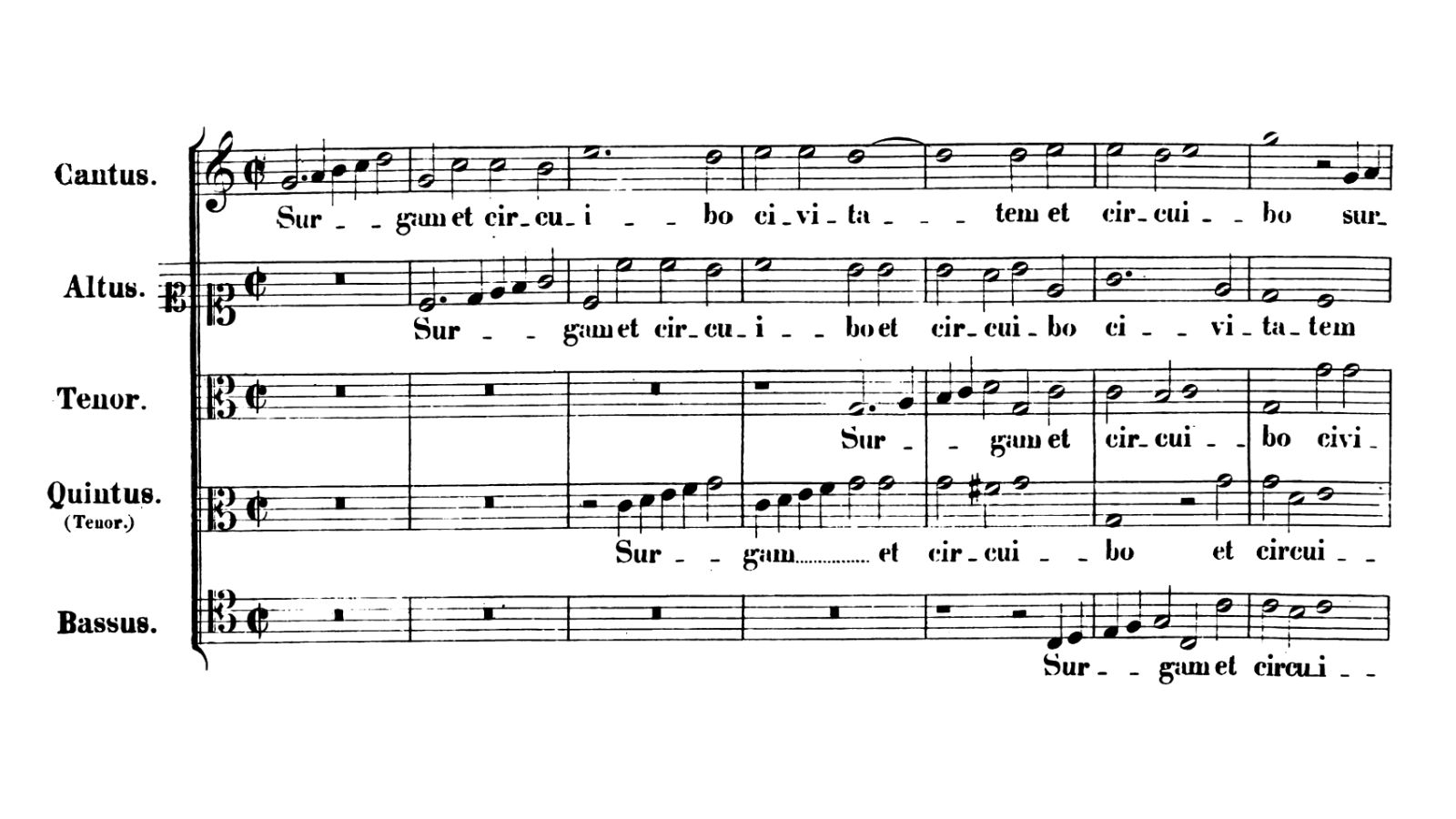
JS Bach, Fughetta super: Dies sind die heilgen zehn Gebot, BWV 679 (1739)
Bach’s organ work, Fughetta super, like the choral prelude to the hymn Dies sind die heilgen zehn Gebot BWV 678, presents one of only a few times the Mixolydian mode was used in the Baroque period.
We’ve marked the lowered seventh, associated with the Mixolydian mode, with a star in the example below. The Fughetta’s subject (theme) is stated in G major from bar 0 to the middle of bar 3 when the answer is presented a fifth higher in D major.

Thomas Hastings, Rock of Ages (1763)
The chord sequence for When Johnny Comes Marching Home can also be seen in the Christian hymn Rock of Ages, published in 1762. Reverend Augustus M.
Toplady allegedly wrote the lyrics before the music while caught off guard in a canyon by a violent storm. The music was written to complement the apocryphal words by composer Thomas Hastings, who used the mode to portray the theme of trust in the face of danger.
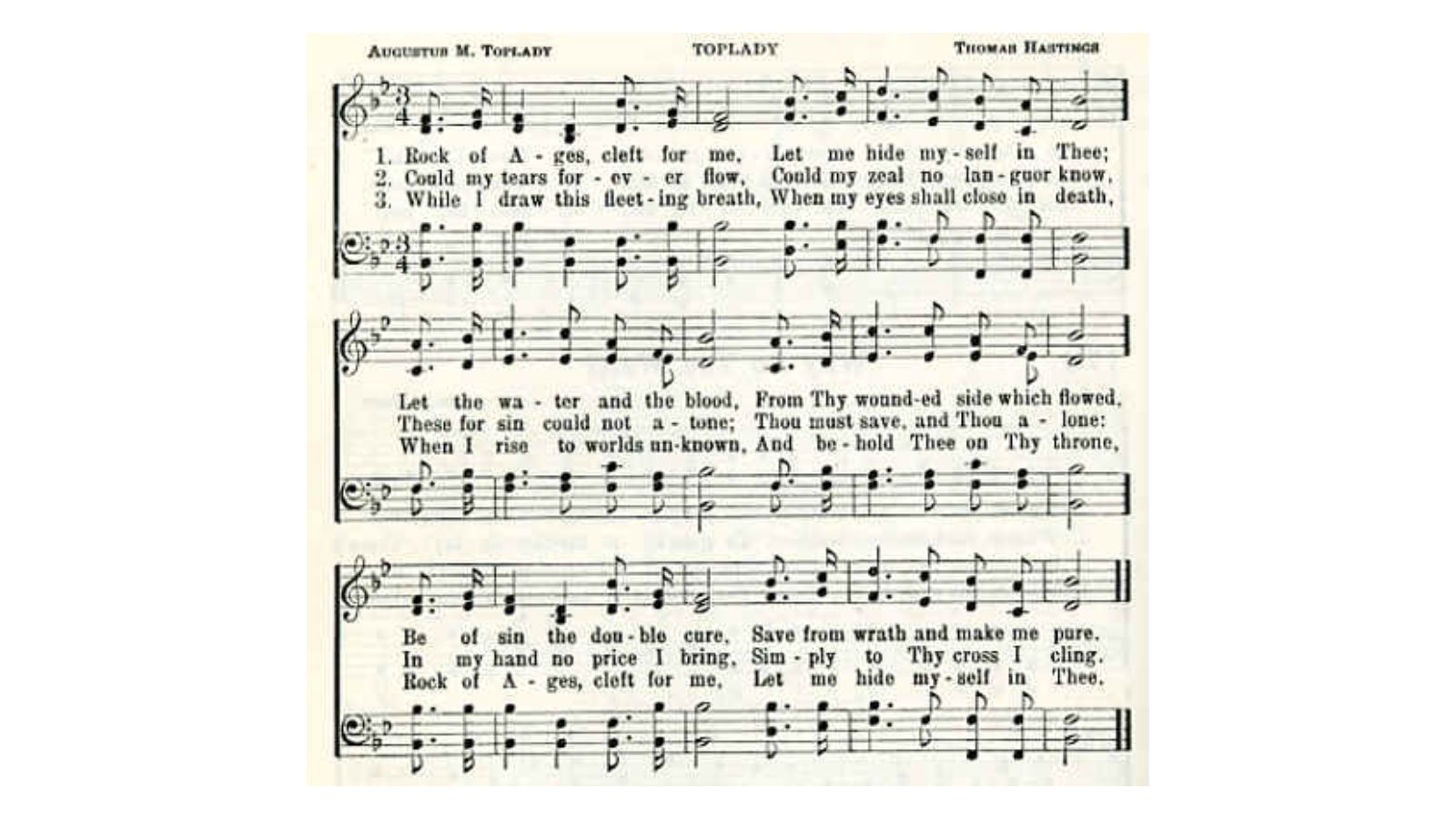
Louis Lambert, When Johnny Comes Marching Home (1863)
When Johnny Comes Marching Home dates from the American Civil War, it was penned by the Irish-American bandleader Patrick Gilmore in 1863 under the pseudonym Louis Lambert.
Since its conception in the mid-1800s, the music has been altered to suit different lyrics and has (re)interpreted in various ways. Both sides throughout the American Civil War sang the song.
The subtonic, B♭, creates the Mixolydian mode. Upon further investigation, the scale used in the melody is as follows: C–D–E♭–F–G–A♭–B♭–C. When you look carefully, it seems like a C minor scale, but the flattened seventh creates the mixolydian mode.

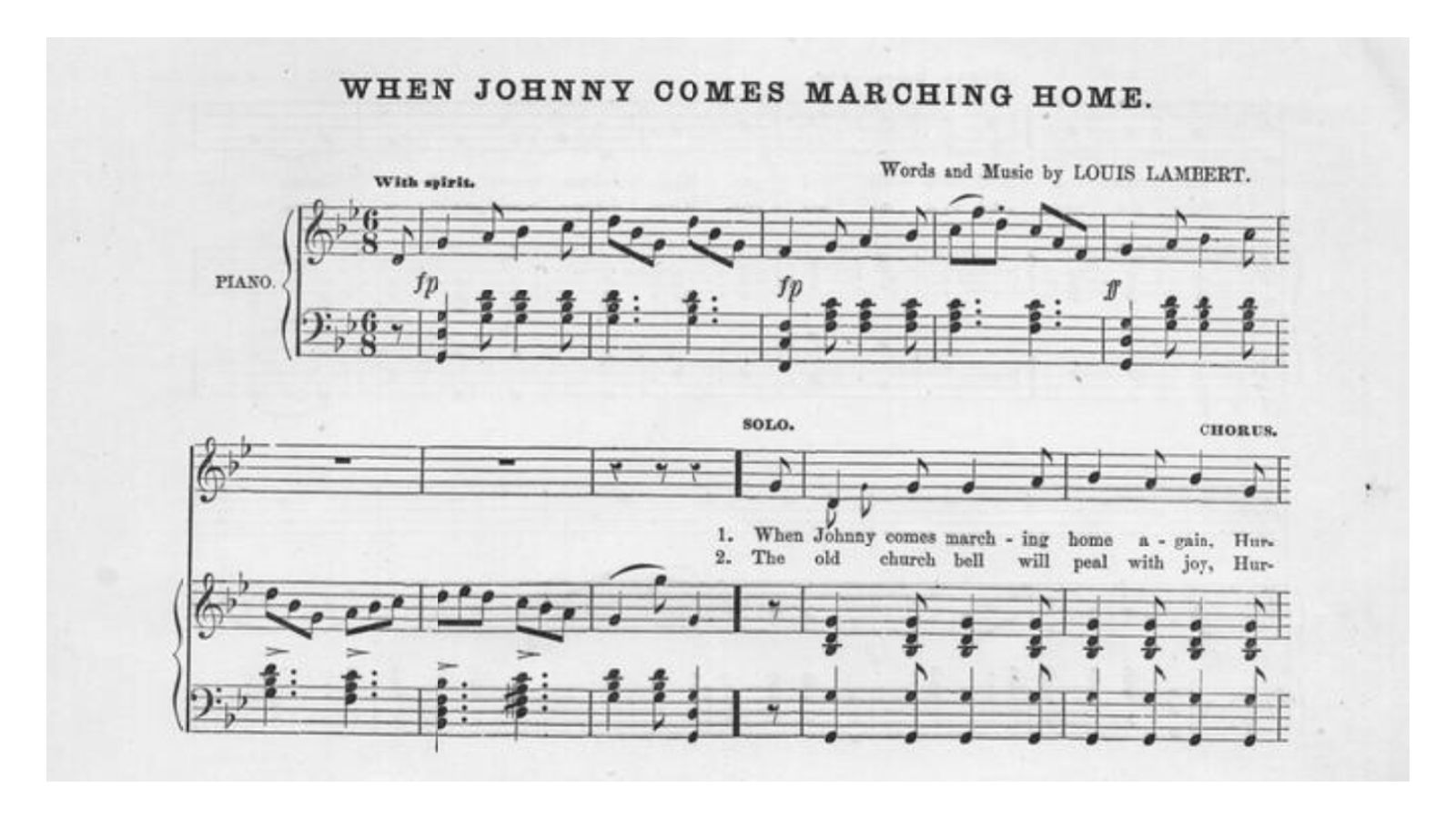
Respighi, Concerto in Modo Misolidio, Moderato (1925)
Ottorino Respighi wrote his Concerto in Modo Misolidio in the post-romantic style to adapt the emotion and tonalities of medieval Gregorian chant into an orchestral setting.
The E♭ Mixolydian scale is used in the piano concerto—this is achieved by using the A♭major key signature, which includes a D♭—the subtonic of the E♭ Mixolydian mode.
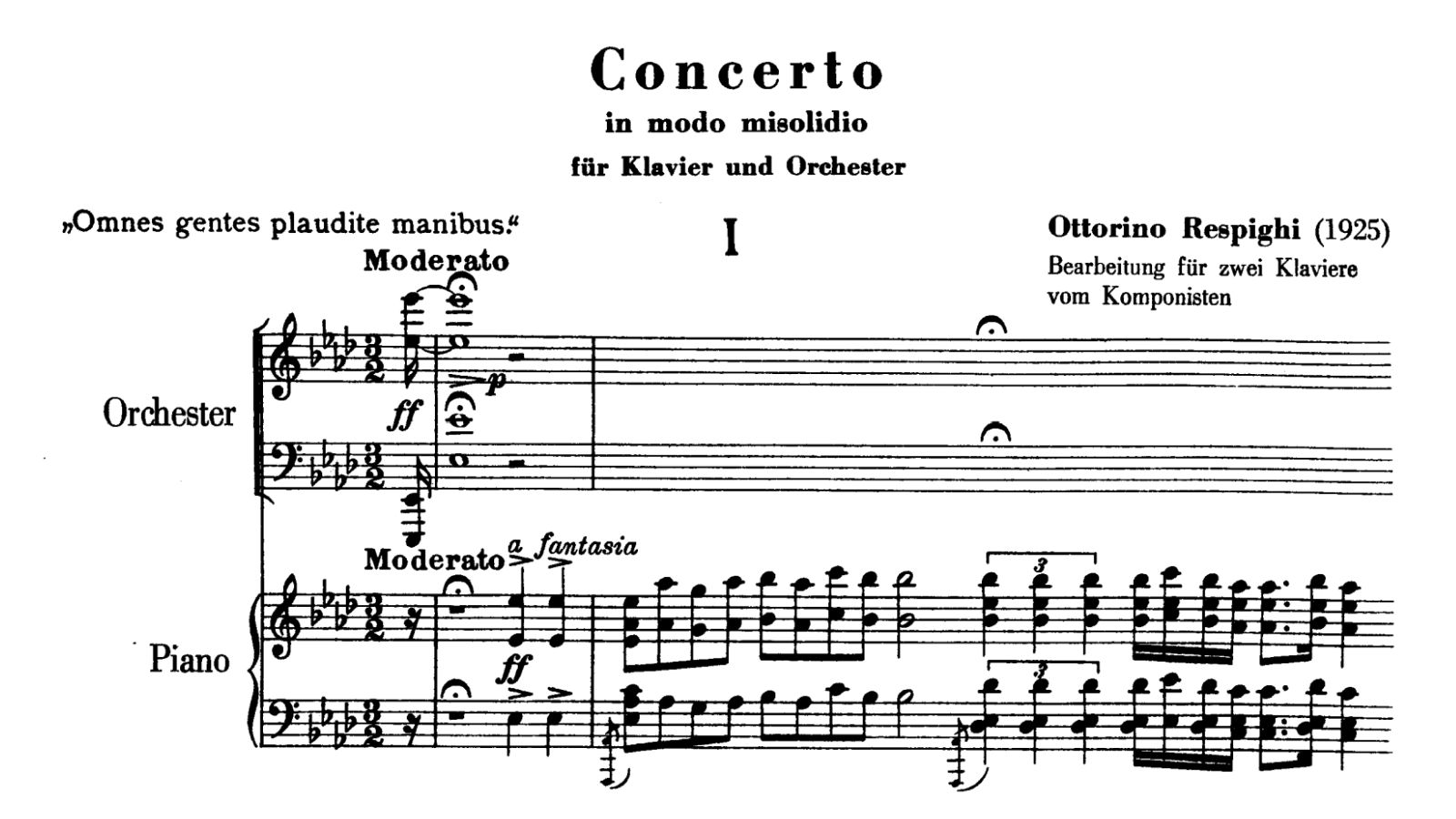
Coldplay, Clocks (2002)
The legendary song, Clocks, catapulted Coldplay to fame and garnered them a Grammy includes an E♭ Mixolydian chord sequence throughout the vocals and instrumental sections.
With an I-v-ii articulated as E♭–Bm–Fm throughout the song, only the refrain ‘Nothing else compares’ departs from Mixolydian mode for a brief section in which the major third (III) is diminished: G♭–D♭–A♭ or ♭III–VII–IV the major chord, G♭ or ♭III, is built on a lowered third scale degree.
Thus it does not apply to the Mixolydian mode in which the third scale degree chord is diminished (refer to figure 2).
Ravi Shamkar, Raga Rageshri (2013)
Apart from Western music, the mode can also feature in other cultures’ music. The scale is used extensively in Indian and Middle Eastern music. The Khamaj that-scale is India’s equivalent of the Mixolydian mode.
The Khamaj scale is frequently employed within the context of ragas. Ravi Shankar, the world-renowned sitarist, uses the Mixolydian scale in his improvisation Raga Rageshri, employing a pentatonic version of a Mixolydian melodic sequence.
Conclusion
We presented you with various historical examples to learn more about this unique mode, its application, and showcasing its popularity.
It appears in practically every kind of music from Gregorian chant to the Renaissance through the Baroque era and the early Twentieth century.
Apart from featuring in the Western classical music canon, it is also present in pop, jazz, rock, the blues, and even outside Western Music, as seen in Ravi Shankar’s composition.
We linked some extra resources below for exploring the Mixolydian mode.
Further Reading and Listening
- Mixolydian mode in The Doors songs
- Queen: Seven Seas of Rhye
- Other songs featuring the mixolydian mode
- More examples featuring the mixolydian mode
